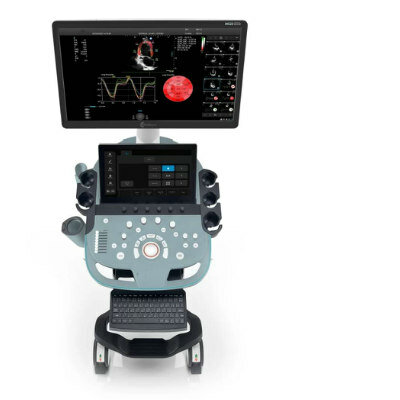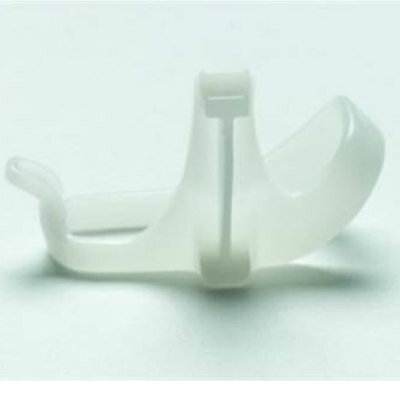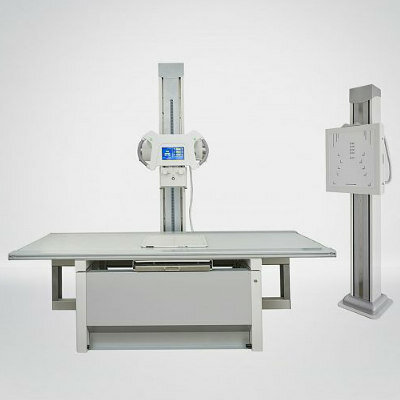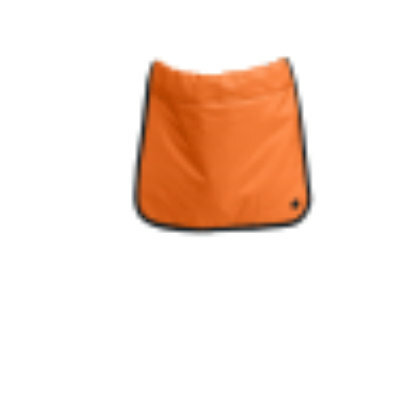Lower Contrast Agent Dose Possible Using 320-Row CT Angiography
By MedImaging International staff writers
Posted on 20 Oct 2011
An analysis of 180-row computed tomography (CT) angiography studies performed using a 320-detector row CT scanner found that a contrast media protocol based on 60 mL of iopamidol,“had sufficient enhancement in more than 96% of coronary segments.”Posted on 20 Oct 2011
“Many centers currently use a higher iodine load comparable or equal to 80 ml of iopamidol,” said Frank Rybicki, MD, from Brigham and Women’s Hospital (Boston, MA, USA), and one of the authors of the study. The study revealed, “this is not necessary, and the extra contrast means unnecessary costs and increased risk of contrast-induced nephropathy [CIN] to the patients.”
The risk of CIN is of distinct concern for these patients because they commonly have a renal insufficiency, which is known major risk factor for CIN, Dr. Rybicki added. “We analyzed larger patients only [those with a body mass index of more than 30] and found that 92% of coronary segments had sufficient enhancement,” said Dr. Rybicki. “These results support the general use of 60 mL of iopamidol for CT angiography done on 320-detector row CT scanners,” he said.
The study was published in the October 2011 issue of the American Journal of Roentgenology.
Related Links:
Brigham and Women’s Hospital














